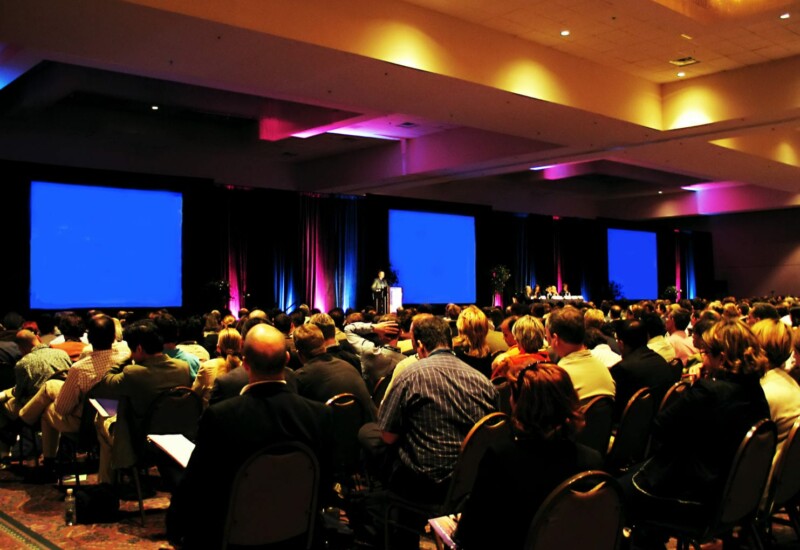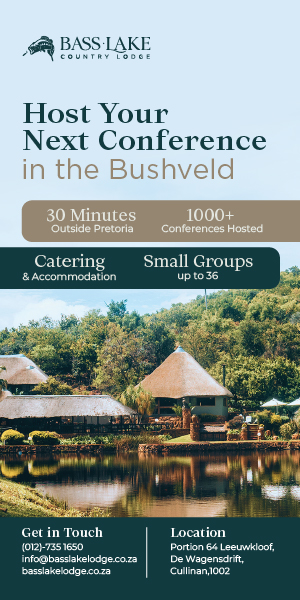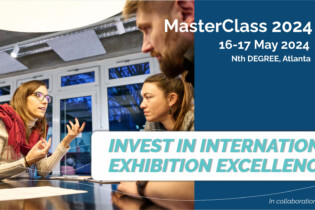Driven by factors ranging from new technologies and changing delegate expectations to shifts in programme requirements and increasing engagement by participants in shaping the event structure itself, these shifts can require a significant investment of effort by all concerned – often with little time to do it.
Organisers know the importance of responding to changing expectations if they are to retain attendance, and those expectations are changing daily. Many features that were considered luxuries even a year or so ago – like sustainability programmes or available connectivity – are now simply givens, while others, such as the availability of content through multiple media and remote technologies, are moving rapidly in that direction. To add even more of a challenge, this is all coming at a time when event finances are still challenged from years of global economic recession.
New demands
Centres have their own issues in this regard. It’s a lot easier to change a programme on paper than it is to reconfigure a building that may have been designed and built to meet different conditions. At the same time, many of the new services now so much in demand are costly to support – but organisers are not always willing to pay the extra expenses associated with delivering them. However, the centre product is constantly evolving, and that creates new opportunities to revisit how changing event requirements can be supported.
In the end, only one thing really matters for both parties – and that is to ensure the delegate has the best possible experience and comes away from the event feeling they got a good return on their investment of both time and money. So it makes sense that more than ever, centres and planners should be collaborating on how to deliver that experience as powerfully and cost-effectively as possible.
Key factors
There are two keys to achieving this, and again, both parties have a role to play. The first is creativity and the second is transparency.
In the creativity department, the need is to anticipate new programme demands as far in advance as possible in order to create a better opportunity to address them. This means an ongoing dialogue between the planner and the centre during the period between booking and delivery in order to take full advantage of new services and programme options that may be developed in the interim.
As for transparency, again it only makes sense to get all the expectations on the table and keep updating these as conditions evolve so there are no surprises on either side. With the long lead times characteristic of many events there can be a tendency to make decisions about spatial and servicing requirements under one set of circumstances and only revisit these after there have been significant changes, often with big cost implications. By keeping this conversation active and updated, the surprise factor can be minimised – and in the meantime, everyone can be on the lookout for greater savings and efficiencies.
Complicated world
AIPC member centres recognise that the world of meetings and conventions is an increasingly complicated one, but they also understand that the desired outcome – a successful event that meets the “relevance test” for delegates – remains the same. The consensus view of our members, and the goal they are setting for themselves, is that by working together in a creative and open atmosphere, both they and the organizers they work with can make sure that happens to everyone’s benefit.







